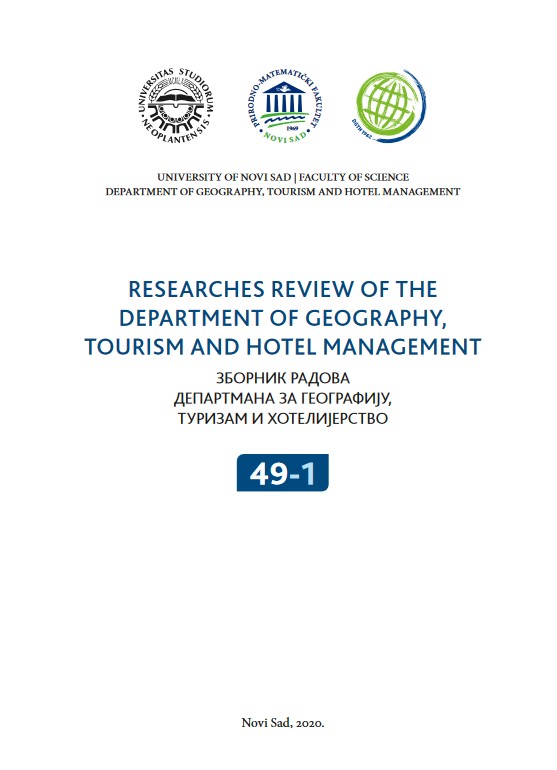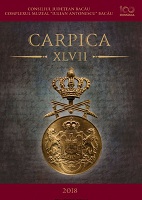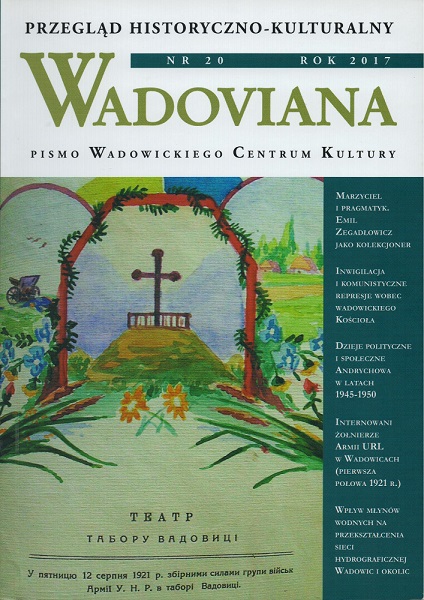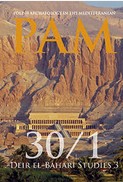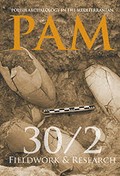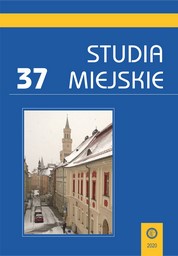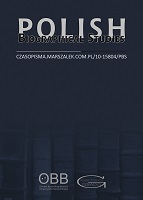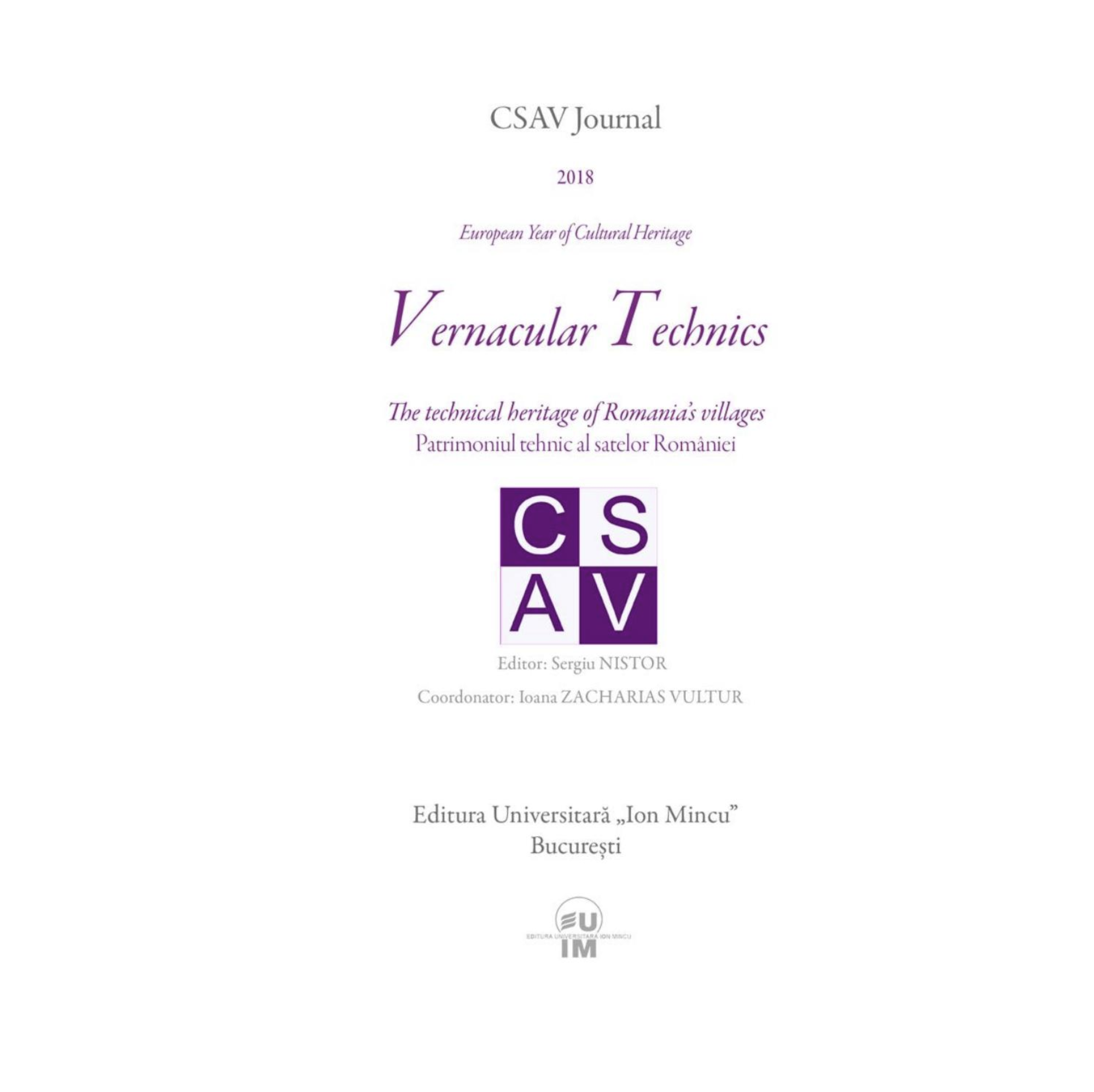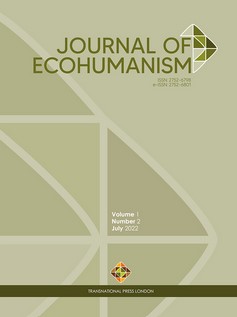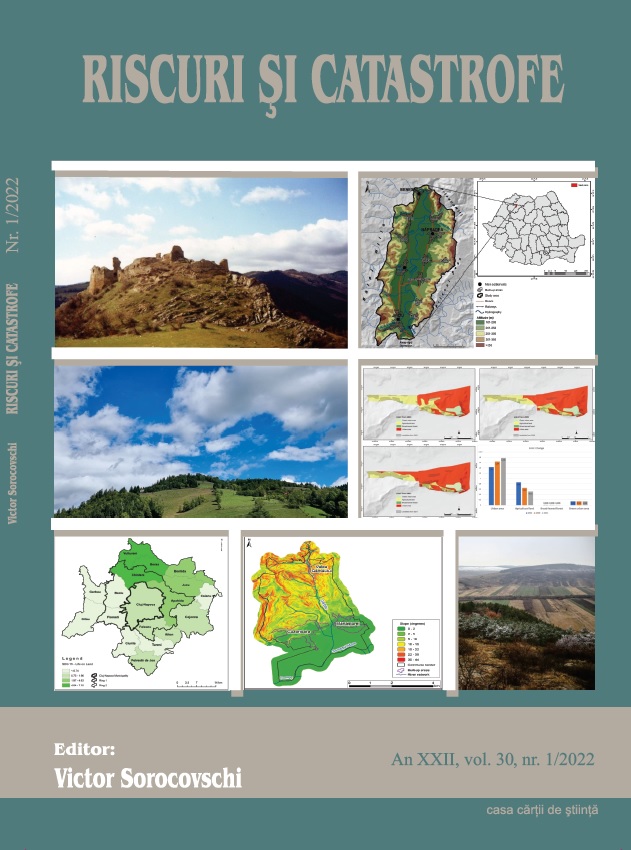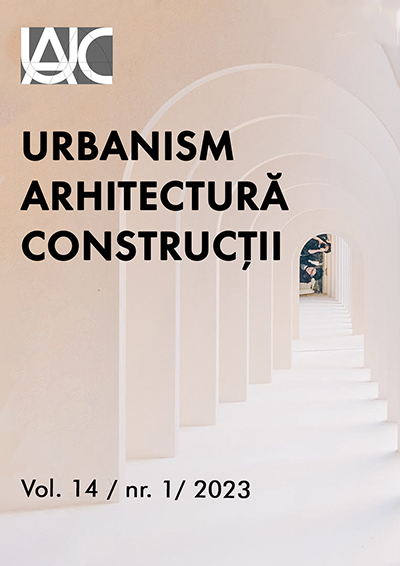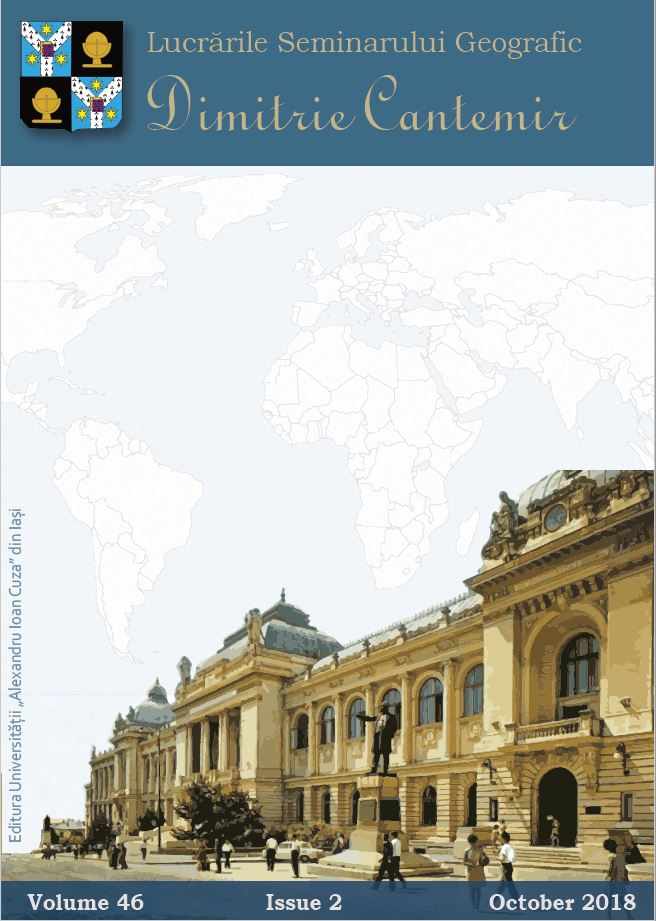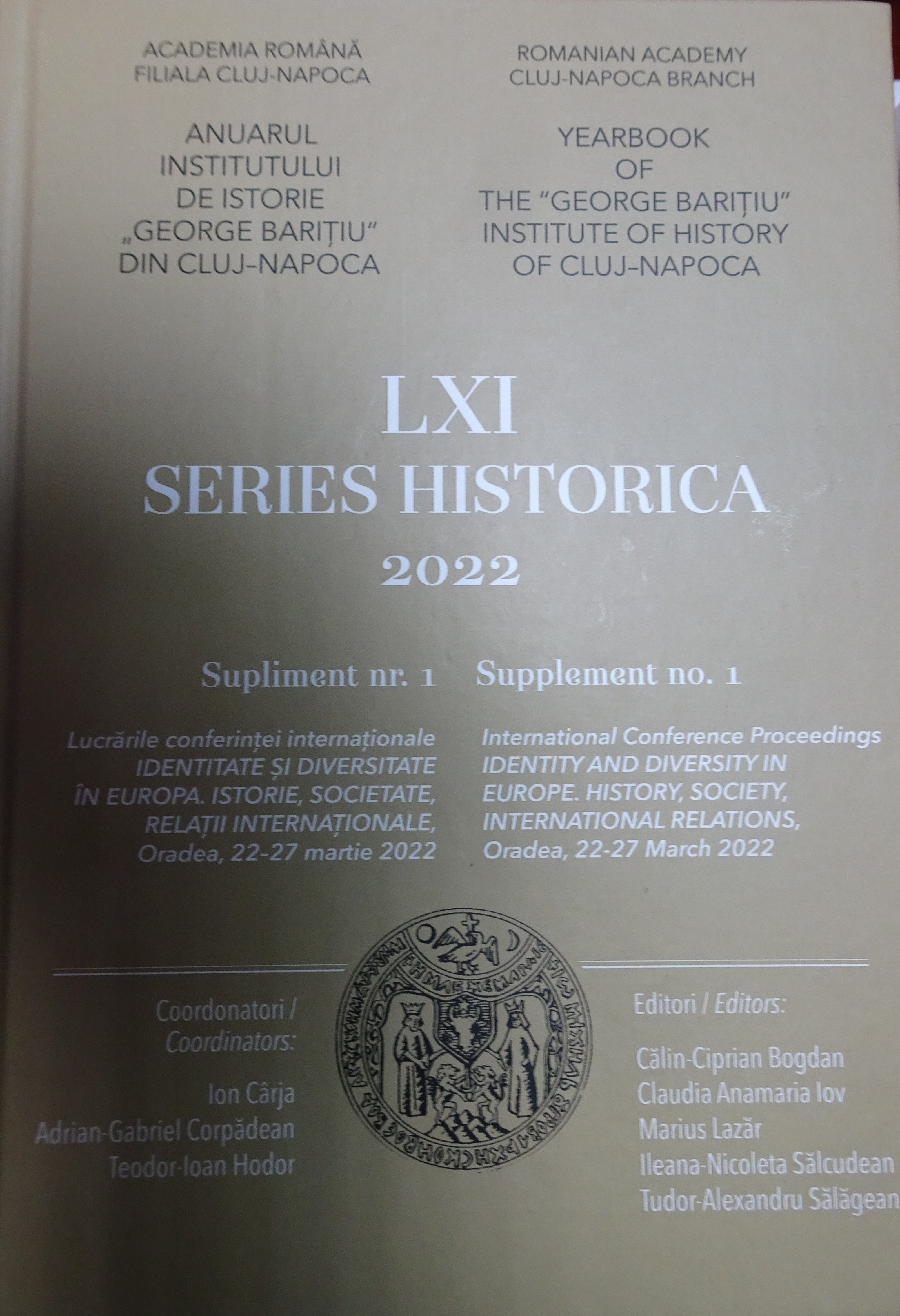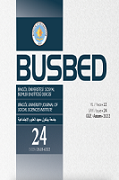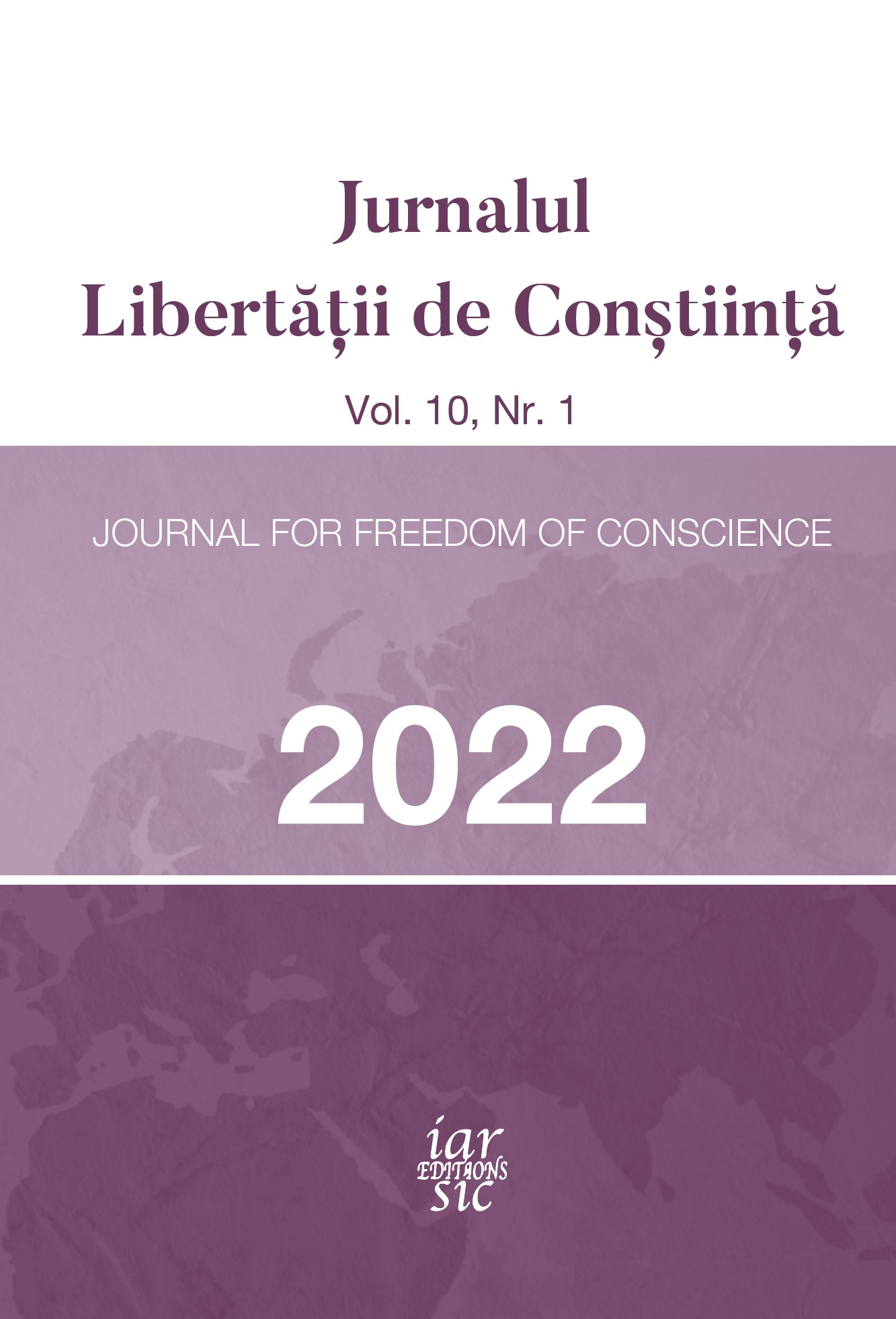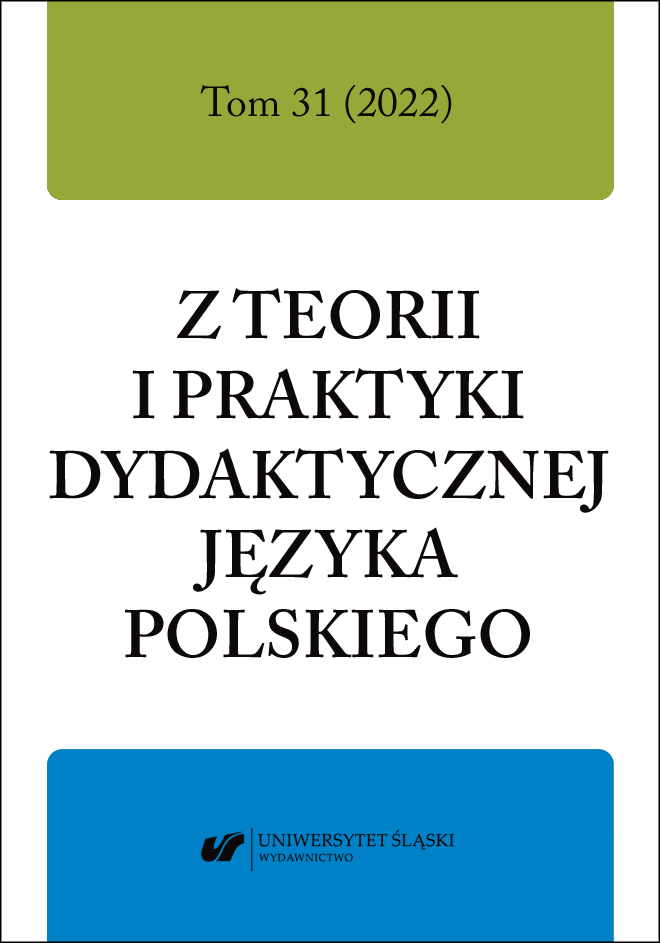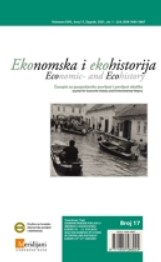
VELIKE VODE: POPLAVE RIJEKA DRAVE I SAVE U 19. STOLJEĆU
From time immemorial, the Drava and Sava rivers in the middle and lower courses had high water levels in spring and autumn and flooded twice a year. High waters flooded agricultural lands and forests, pastures, orchards, but also populated areas. In doing so, they destroyed crops, demolished embankments and houses, and often took human lives. Floods along the Drava watercourse near Osijek and the Sava near Brod na Savi (today’s Slavonski Brod) were systematically recorded in the chronicles of the Franciscans during the 19th century. Since high waters were a constant phenomenon with huge consequences, this led to the beginning of flood defense works, with the reconstruction (raising, folding and maintenance) of old embankments and the construction of new ones with the addition of hydromelioration facilities. However, the conditions for a sustainable high-water defense system were not created, so flood protection work continued during the following century.
More...
